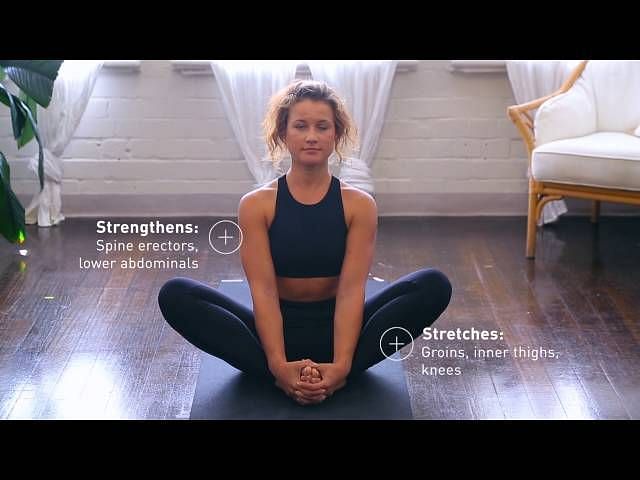In the realm of beauty ideals, the thigh gap has emerged as a coveted aspiration, captivating the attention of countless individuals seeking a signature of slenderness. Defined by a distinct space between the thighs when standing with feet together, this elusive gap has become an object of pursuit for many. However, beneath the allure of this sought-after aesthetic lies a complex story that demands careful examination.

Image: www.sportskeeda.com
The thigh gap has its roots in the fashion industry, where it has been idealized and celebrated as a symbol of attractiveness. Magazines, advertisements, and media platforms have played a significant role in propagating this standard of beauty, often portraying models with prominent thigh gaps as the epitome of femininity and desirability. However, it is crucial to recognize that this portrayal is far removed from the natural distribution of body types. The thigh gap is not a universal trait, and its presence or absence should not be seen as an indicator of beauty or worthiness.
Understanding Thigh Gaps
Thigh gaps are influenced by a multitude of factors, including genetics, body composition, and skeletal structure. Some individuals are naturally prone to having a thigh gap due to their bone structure, while others may never achieve it regardless of their body weight or fitness level. It is important to recognize that the thigh gap is not a sign of health or fitness and should not be used as a measure of self-worth.
Striving aggressively to achieve a thigh gap can lead to disordered eating behaviors and an unhealthy obsession with body image. Crash diets, excessive exercise, and weight loss supplements may be employed in futile attempts to create a thigh gap, putting individuals at risk of nutritional deficiencies, hormonal imbalances, and psychological distress.
Body Positivity and Inclusivity
In the pursuit of a thigh gap, it is easy to lose sight of the importance of body positivity and inclusivity. Every body is unique, and it is essential to embrace and celebrate diversity in body shapes and sizes. The thigh gap should not be a benchmark against which we measure our worth. Instead, we should focus on maintaining a healthy and balanced lifestyle that promotes overall well-being.
It is imperative to challenge the narrow and unrealistic beauty standards that often prevail in our society. By accepting ourselves as we are and promoting body positivity, we can create a more inclusive and compassionate culture that values all individuals, regardless of their appearance.
Alternative Approaches to Thigh Health
Rather than fixating on achieving a thigh gap, there are more constructive and beneficial ways to approach thigh health. Regular exercise, including strength training and cardiovascular activities, can help strengthen thigh muscles, improve flexibility, and promote overall fitness. Proper nutrition and hydration are also essential for maintaining healthy thighs. By providing your body with the essential nutrients it needs, you can support the health and function of your thighs and the rest of your body.
If you are concerned about the appearance of your thighs, consult with a healthcare professional or a therapist who specializes in body image issues. They can provide personalized advice, support, and guidance to help you develop a healthy relationship with your body and establish realistic goals.

Image: www.pinterest.co.uk
How To Quickly Get A Thigh Gap
https://youtube.com/watch?v=4gbDtq_i-5Y
Conclusion
The pursuit of a thigh gap should not come at the expense of our health or self-esteem. It is a misconception to equate a thigh gap with beauty or worthiness. Let us embrace body positivity, challenge unrealistic beauty standards, and focus on achieving overall well-being. By prioritizing health, inclusivity, and self-acceptance, we can create a more positive and empowering relationship with our bodies.


/GettyImages-1303637-two-way-mirror-57126b585f9b588cc2ed8a7b-5b8ef296c9e77c0050809a9a.jpg?w=740&resize=740,414&ssl=1)


